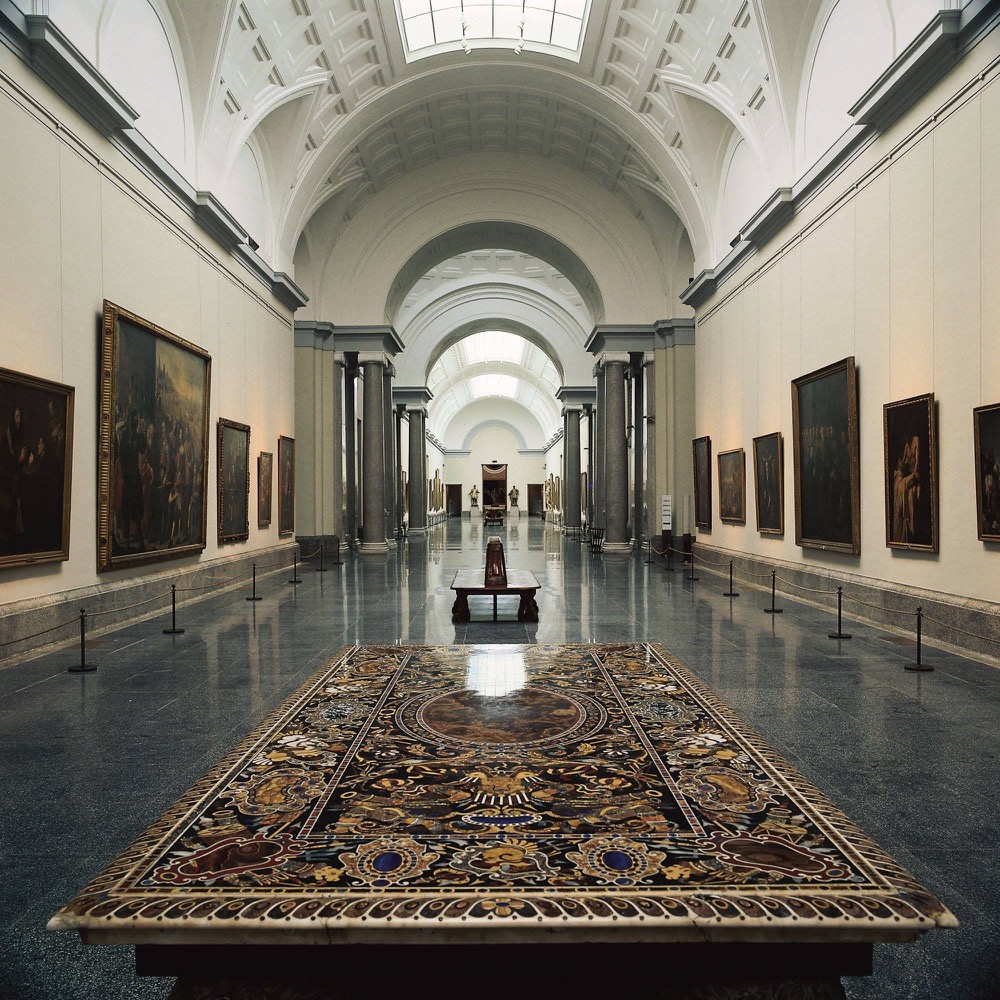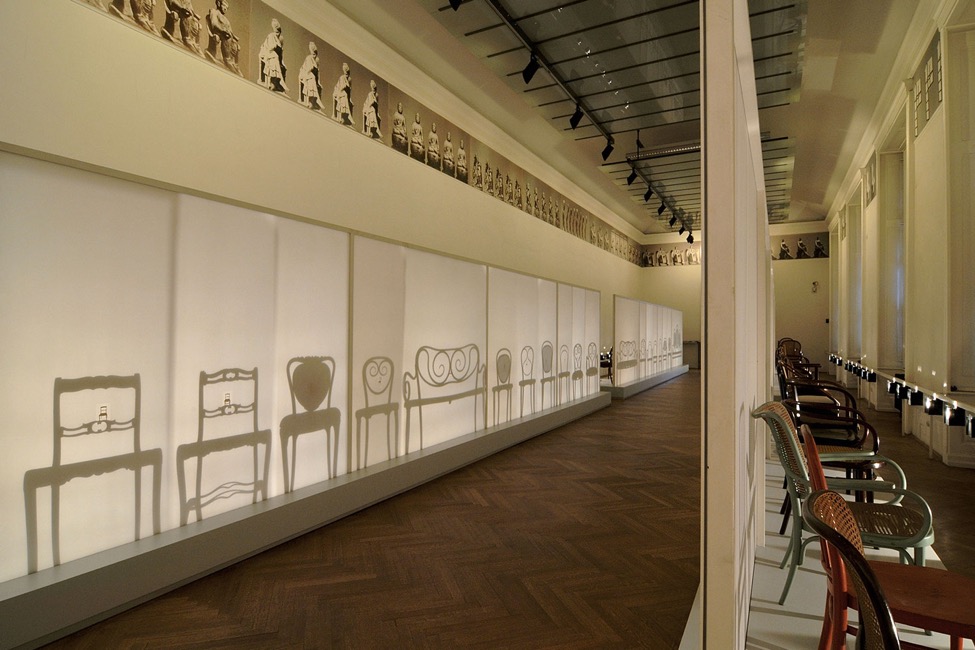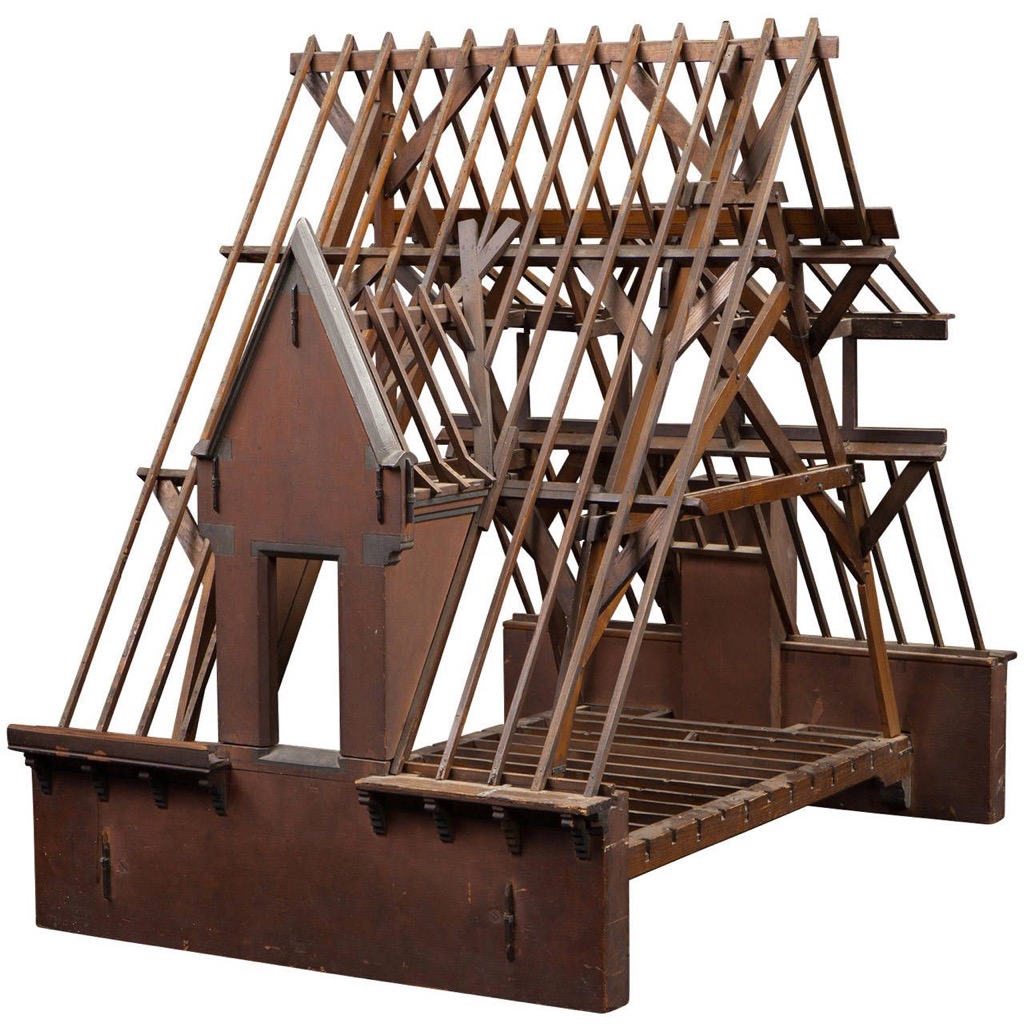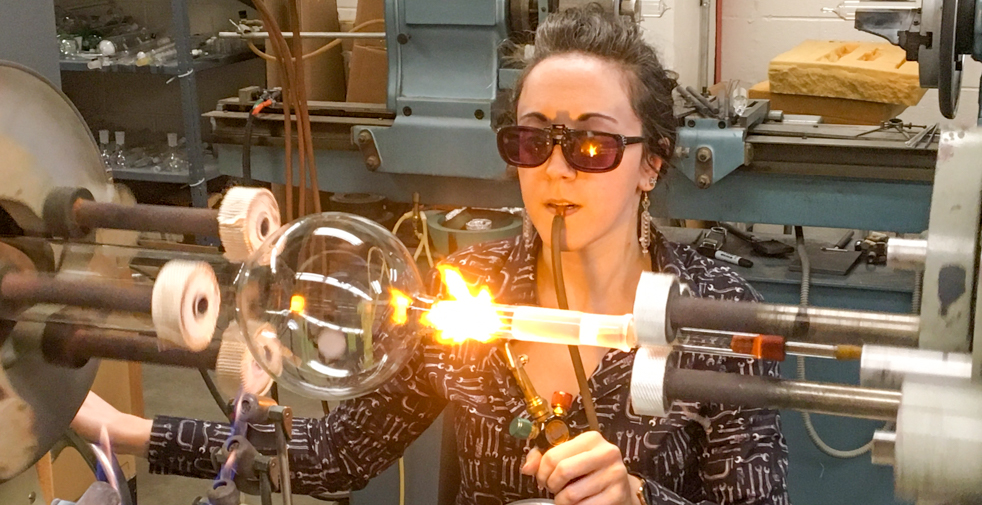History of Art and the Science of Crafts
last update: 28 January 2022
… a people without the knowledge of their past history,
origin and culture is like a tree without roots
Wikipedia had a great introduction to "History of Art". It tells us that it is all about objects made by humans for any number of spiritual, narrative, philosophical, symbolic, conceptual, documentary, decorative, and even functional and other purposes, but with a primary emphasis on the aesthetics of the visual form. We each have our preferences, and mine includes some of the visual arts and many of the applied arts/decorative arts.

Historically, the five main fine arts were painting, sculpture, architecture, music, and poetry, alongside the performing arts including theatre and dance. In my own mind, my preferences start with architecture, the fusion of the visual with the useful, followed by painting, with a penchant for paintings with historical significance over the motionless of still life. I well understand that Wikipedia has now placed film, photography, graphics, video production/editing, design, conceptional art, video art, performance art, television, and the whole world of new media art (virtual art, computer graphics, computer animation, digital art, interactive art, sound art, internet art, video games, robotics, 3D printing, and even cyborg art) in the same category of fine arts. I don't doubt that these many new forms of art can produce the occasional masterpiece, but in my mind, they still pale when compared to the Burj Khalifa, Cellini's Perseus, or even a series 1 Jaguar E-Type.
The concept of fine art originated in the 18th century, but it is built on the idea that throughout history all societies reflected on, categorised, and celebrated humans skills and practices. Along with the emergence of fine art went the development of the institutions, practices, and structures of the modern system of the arts. e.g. museums, concert halls, salons, reading rooms, literary criticism, academies, and the like. And with that a market for the arts began to replace patronage, with works being sold through galleries and people buying tickets to concerts. One interesting viewpoint is that the category of "fine art", the taste for it, and its separation from "mere craft" is suspiciously well correlated to the social interests of the emerging middle class. It served their interests and their need for "distinction" from the working classes on the one hand, and the "luxurious" aristocracy on the other. Critical philosophers claim that this function has continued to the present day, and that far from becoming less prominent, it has become stronger as the notion of fine art has spread, diversified, and transformed itself into the contemporary category of art.

The applied arts are often defined as all the arts that apply design and decoration to everyday and essentially practical objects in order to make them aesthetically pleasing. Wikipedia mentions as examples, industrial design for the mass production of objects, crafts (e.g. pottery, woodworking), ceramic art, automotive design, fashion design, and even cartographic (map) design.

The term decorative arts is used for objects where their design and manufacture results in something both beautiful and functional. Wikipedia points to objects found in the interiors of buildings, for example, ceramic art, metalwork, furniture, jewellery, fashion, various forms of the textile arts and tableware are major groupings.
Wikipedia tells us that excluding architecture, the fine arts have no practical use, they simply aim to be beautiful or stimulate the intellect, or both. Decorative arts are often categorised in opposition to the fine arts, and today the applied arts are often simply called design. The reality is that in todays world, the boundaries are blurred and all overlap. There are many other ways to define these different categories, e.g. considering fine art as just the product of individual expression, placing architecture as an applied art, defining the decorative arts as any object that is created to be decorative and may be used in the home, etc.
The history of art is often told as a chronology of masterpieces created during each civilisation, and as such it is often framed as a story of high culture. Some experts integrate vernacular art expressions into art historical narratives, by referring to them as folk arts or crafts, or even as "low culture". The more we go back in time, the more we count on archaeology or anthropology to isolate the significance of archeological artefacts. I guess the original idea was that if someone created something with a purpose or specific task to fulfil, it was potentially a form of art. Of course in most situations the "artist" did not leave a mark so that we can determine their intentions. The reality is that past practices might now be recognised as art, but we have little proof that, at that time, those practices were considered a special and separate aspect of human life. It is not clear that early civilisations even had the notion of art. Perhaps art is really just the subjective feeling of the audience, i.e. it is we who define something from the past as art.

Originally, the term masterpiece referred to a piece of work produced by an apprentice or journeyman aspiring to become a master craftsman in the old European guild system. The masterpiece would be judged, and as such great care was taken to produce a fine example of the craft. In modern use, a masterpiece is a creation in any area of the arts that has been given much critical praise, especially one that is considered the greatest work of a person's career or to a work of outstanding creativity, skill, profundity, or workmanship.
High culture encompasses any cultural object that is considered of aesthetic value, i.e. which a society collectively esteem as exemplary art. And this includes intellectual works of philosophy, history, art and literature, etc., that is anything that a society consider representative of their culture.

Why have I also included the science of crafts? Simply because I feel that there was potentially little differences between the early artist and the early craftsman (who was different from a simple manual worker). Both the artist and the craftsman had to be familiar with the materials of their craft, particularly in terms of suitability and workability. They had to master the techniques and become skilled in the use of tools in working, jointing, fixing and finishing materials. They worked to become knowledgeable in practical processes relating to the materials of choice (e.g. mining, refining, working, etc.), and as necessary knew the science of calculations and geometry. It was important that they were familiar with related crafts, and could learn how to transfer that knowledge to new practices. They did not ignore what others wanted from them, and they must have been resourceful, determined, and able to respond intelligently to constantly changing circumstances in the work as it proceeded.
My intention is to established several different sets of webpages covering key periods in the history of art, architecture and antiques, namely:-
Ancient Civilisations - Stone Age, Chalcolithic (Copper Age), Mesopotamia-Sumer, Mesopotamia-Assyria, Bronze Age, Aegean (Minoan, Mycenaean), Egypt, Bronze Age China, Pre-Columbian America
Classical Antiquity - Iron Age, Etruscans, Greece, Rome, Persian, Vedic India, Ancient China
Medieval Civilisations - Byzantine, Carolingian, Vikings, Early Middle Ages, High Middle Ages, Romanesque, Gothic, Late Middle Ages, Tamil Indian, Mid-Imperial China, Feudal Japan
The Renaissance and more … - Early Renaissance, Tudor, High Renaissance, Mannerism, Baroque, French Renaissance, Late-Imperial China, Aztec, Inca, Maya
Neoclassical and beyond - Georgian, Régence, Rococo, Neoclassicism, Romanticism, Directoire, Regency, Restoration, Academism, Biedermeier, Louis-Philippe, Second Empire, Victorian, Realism, Pre-Raphaelite
Modern Art Movements - Impressionism, Post Impressionism, Art Nouveau, Fauvism, Cubism, Modernism, Art Deco, Bauhaus, Dada, Surrealism, Pop Art
Post-Modern & Contemporary Movements - The-isms, Modern Architecture, Art in 3D Printing, …
As you might guess, I will never compete this list, but I will have had the pleasure to scratch the surface of many different disciplines and epochs.
References
W. M. Macqueen, "What is Craft Skill?" (1951)
David Clowney, "Definitions of Art and Fine Art’s Historical Origins" (2011)
Robert Room-Bernstein and Michele Marie Root-Bernstein, "The art & craft of science" (2013)
Zachary Isrow, "Defining Art and its Future" (2017)